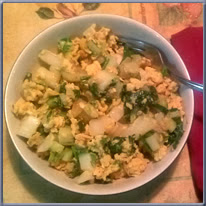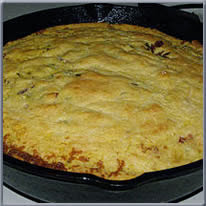This series, "posts for Pat" is inspired by my friend Pat, who lives a life where frugality is better applied to time than to finances; hence it's sub-title: "real food for busy women".
We've covered several topics thus far: why you need a crockpot with the world's easiest crockpot recipe, how keeping a fruit bowl improves your nutrition just by spending a few minutes in the produce section when you grocery shop, a roundup of crockpot recipes that can cook all day unattended, and a bizarre post in which I timed a vegetarian recipe to see if I could make it in 15 minutes.
Today we're going to cover how to eat well when you really, truly have NO time to spend in the grocery store let alone the kitchen.
You know the week, we've all had them. The big project is due next week, and there's no telling how much overtime there'll be. An 8-10 hour window on a crockpot meal won't work; you'll be working 12-14 hour days. You REALLY, REALLY can't do anything about food this week...









